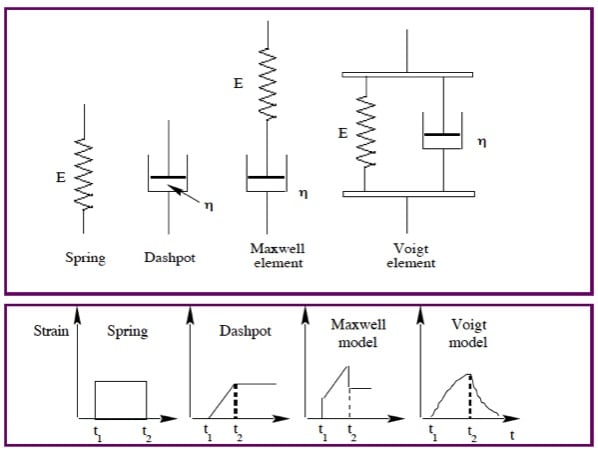As it has been referred, there is no perfect material for transparent impact resistance applications. Specially if we are looking for high impact resistance structures, being to deal and to block bullets at speeds from 360 m/s until 900 m/s.Talking about these speeds we are talking about energies of: 11 Joules (2,6 gr at 360 m/s) -117 Joules (4 gr at 950 m/s), and even 214 Joules (9,8 gr at 820 m/s)

Stoping such impacts requires to “eat” all the energy that the bullets bring during their “fly”. Unfortunately we are still not in the conditions to return back these bullets as any tennis player does in the tennis court. If such a situation would it be possible, we would have been moved from a passive defense situation to an active one. In that case added to the impact shoot protection of the barrier, the agresor will have to think twice before deciding to shoot and harm anyone. Well, we are still far away and we need some time to reach this point. All depends on Materials Science new developments.
In the mean time, we are forced to select the materials and join them in the proper way. Looking at their required performances before and during impact these are the preferred materials selected for Ballistic Resistant configurations and their roles:
Rigid and not flexible Material (Normally Glass)
Before impact
- Its external surface protects all the structure against weathering, scratch
- Allows clear vision
During impact
- Because of its rigidity takes most of the impact energy
Rigid and flexible material (Normally Polycarbonate or Poly methyl methacrylate)
Before impact
- Removes weight to the structure
- Provides small flexibility to all the pieces of the assembly
- Allows clear vision
During impact
- Takes some part of the impact Energy
- traps breaking particles
Non rigid and flexible material (Normally known as "the Glue")
Before impact
- Provides flexibility to all the pieces of the assembly under different weathering conditions at high and low temperatures.
- It is the joint material of the rest of the laminate elements
- Allows clear vision
During impact
- Because of its flexibility distributes and differs the impact tensions
- Takes a small part of the impact Energy
- Takes part and distributes the impact heat
- Keeps all pieces together
- Traps breaking particles
All them together before and during impact work as a viscoelastic compound, were the glass is the less elastic element of the compound, the rigid polymer the partial elastic and viscose piece and the glue is the more elastic and viscose element. All elements, when assembled, have to manage the impact and the colateral effects of the impact (breaks, particles, heat,….). From all of them the “glue” has a very important important role, since it is the element that provides the elasticity to the laminate, under very different mechanical conditions, before and during impact scenarios.
Different mathematical models have been created to try to explain their roles and capacities. From a simple approach one might consider the structures from the point of view of the mechanical models used in Polymer Chemistry based of springs (elastic-rigid behavior) and dashpots (viscous behavior) and their combinations (Maxwell and Voigt elements).

The following videos show two different elastic behaviors according their structures. The way how splinters are projected back after the impact is an example of the elastic properties of different laminated structures.
If you want to get more info about this subject just let us know.
CATEGORIES:
Glass and Polymers LaminatesMarch 13, 2024